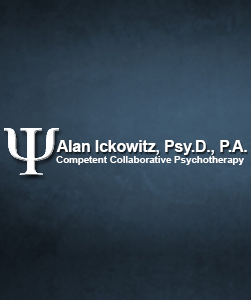On a Child’s Healthy Self-esteem
In my Tampa psychotherapy practice, I have at times provided education to clients about contemporary understanding of child development and the building of healthy self-esteem. Caretakers can inadvertently communicate to young children that what they feel or think is either bad or wrong or should be different. Adults are usually unaware that they are doing so but is important that we become more cognizant of this tendency because these communications can be sewing the seeds of poor self-esteem, self-alienation, and depression. Some examples are when we say to a child, “don’t cry, there’s nothing to cry about” or “don’t be afraid, be a big boy!”, or “that isn’t really what you want”, or “don’t be mad at your sister, she didn’t mean anything by it”. These communications confuse the child and if we had a window into her mind, she may be prompted by these communications to think to herself “hmmm, I guess it didn’t feel bad when Mommy says I shouldn’t cry”, or “I guess I really don’t want ice cream before dinner, I thought I did but Daddy says I don’t want it so I guess I really don’t”. As a Tampa psychologist, I provide education on how children learn to place certain values upon thoughts, feelings, and actions based on what they perceive the adults value or do not value (not necessarily what we actually do value, but what they perceive we value which is not always the same thing). We are the most powerful beings in the universe to a child and our opinions and our judgments will almost always be adopted by the child over their own. A healthier approach is when we strive to acknowledge and label what a child feels but directly state what we expect or want them to do. For example, “I know you are angry at your brother and want to hurt him. But I won’t let you”; or “I see that you want that chocolate cake now but you cannot have it until after dinner”, or “I know it hurts when your toy breaks but it will be ok”. These communications help a child learn to respect their own thoughts and feelings and to not judge them as right or wrong but simply to know them as a part of who they are. It helps the child distinguish between what they think and feel from what they do. It is what they do, the actions they take in the world, that can be judged as good or bad, right or wrong not what they think or feel. This can make all the difference in our attempts to raise children who will have healthy self-esteem.

